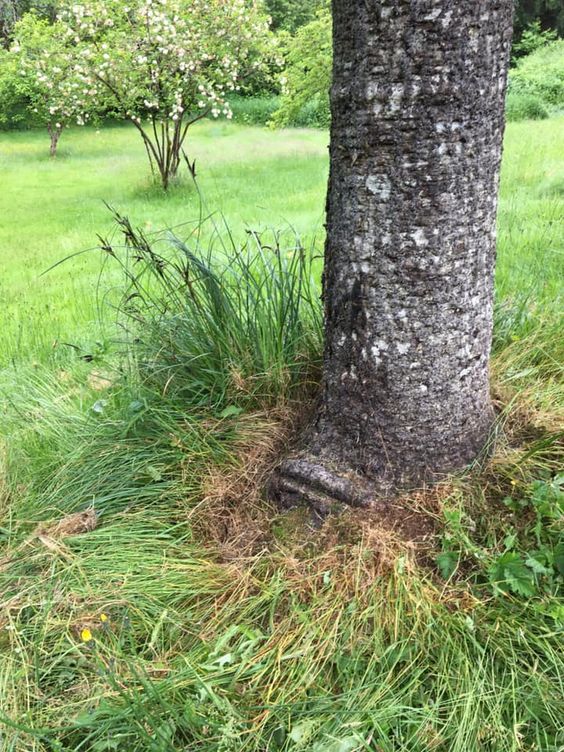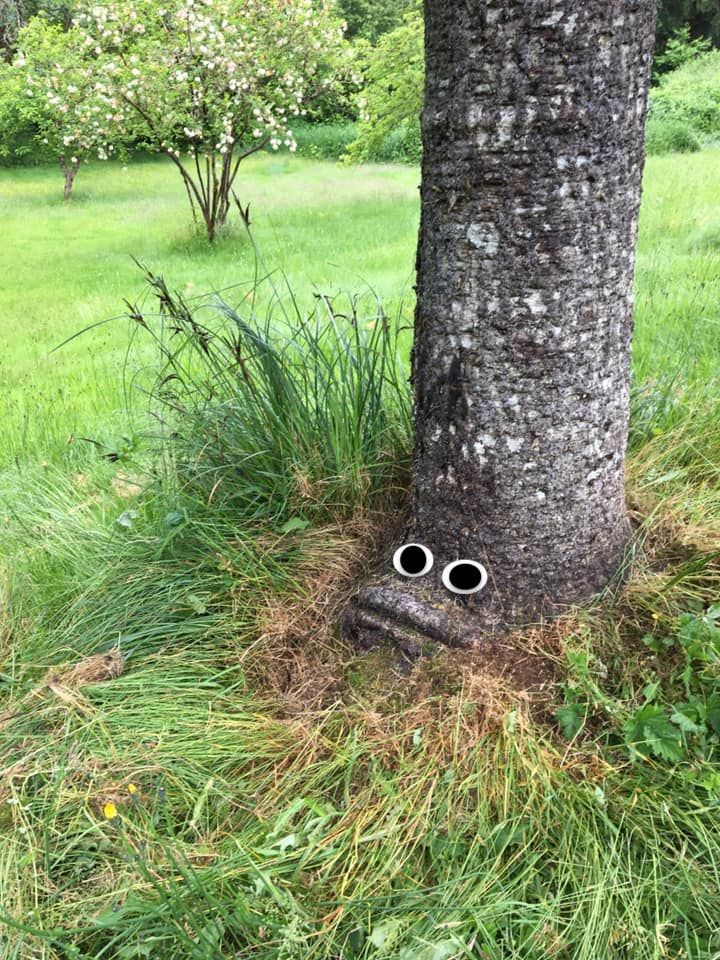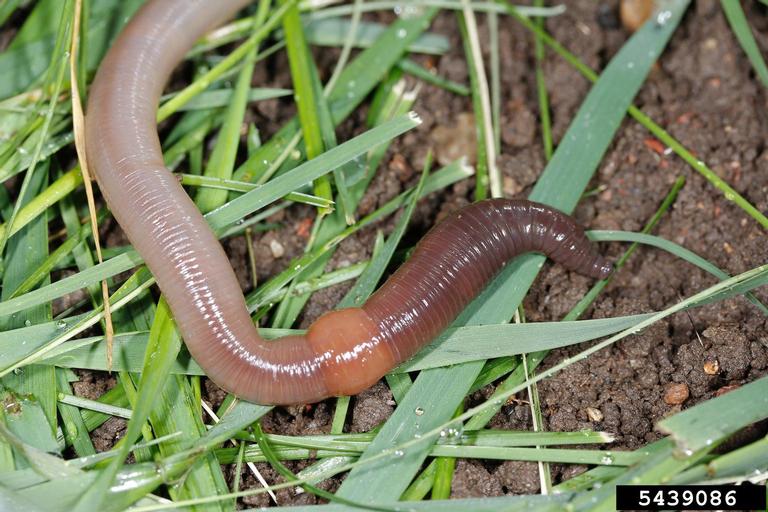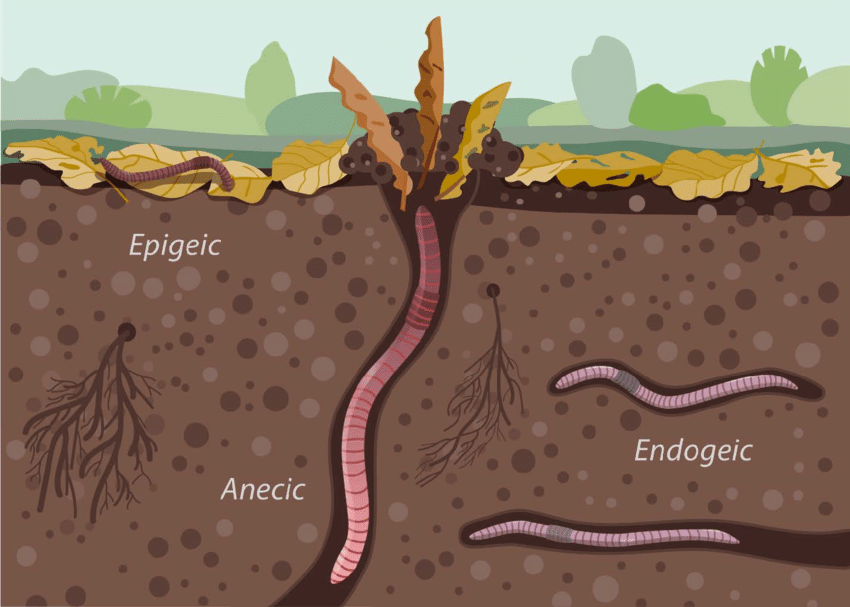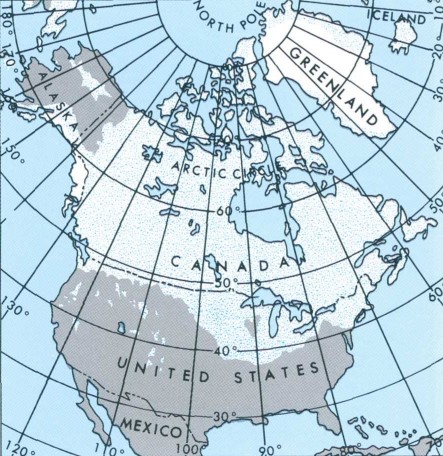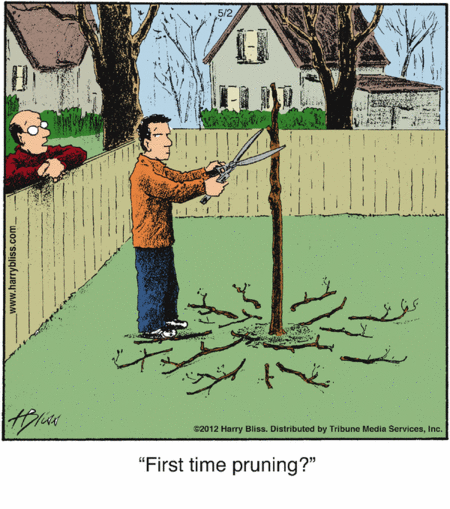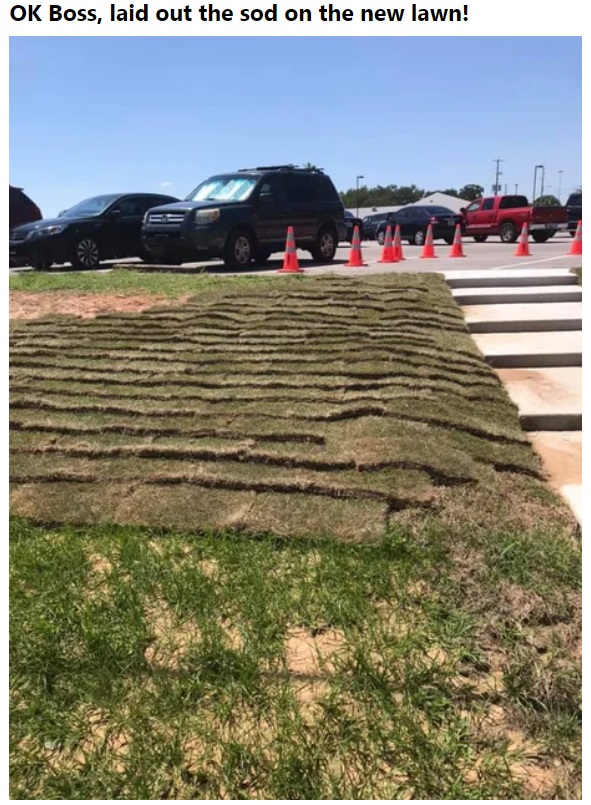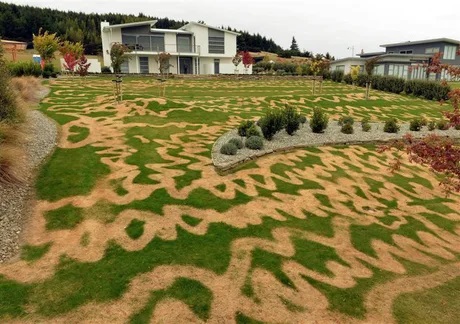Early in August, Hurricane Debby made landfall in the Big Bend of Florida’s Gulf Coast, crossed into Georgia east of Valdosta, and moved leisurely northeast. The remains of Debby crossed the coast, briefly moved over the Atlantic Ocean before turning northwest and making another landfall northeast of Charleston then headed north into New England. While the winds decreased quickly once Debby made landfall, it dropped huge amounts of rain along its path. The highest official rainfall amounts topped 12 inches, but I heard of some unofficial measurements of 20 inches in a few isolated locations. Pictures of erosion in peanut fields and standing water in cotton stands filled my inbox, and it made me wonder how a garden would cope with so much precipitation in such a short period of time. I want to take a few minutes today to discuss it.

What happens as the rain is falling?
Tropical rainfall (or rain from any heavy thunderstorm) contains a large volume of water in droplets falling from a height of several miles. Generally, the raindrops are large and fall in a shape that looks more like a hamburger than the typical teardrop we often see in pictures. As the drop falls, the bottom flattens out under the influence of the air that it is falling through and surface tension holds the drop in a rounded shape. Raindrops fall at different speeds depending on how big they are. Large raindrops associated with warm weather and strong updrafts like the ones we see in thunderstorms and hurricanes can have a falling speed of up to 20 miles per hour, while smaller raindrops fall at lower speeds of 2 miles per hour and drizzle at much slower speeds of a few feet per second. The speed at which the drop falls is known as its terminal velocity and is reached when the force of gravity pulling the drop downward matches the friction of air slowing the drop down as it falls.

What damage does the rain do when it hits the ground?
When the falling raindrops hit leaves, they can cause damage to the plants. The biggest raindrops are heavy and falling fast so they can break off or damage the foliage, although not as much as hail does. We see this especially in fall when the leaves are loosely attached to the branches after they start to change color and die. A heavy rain (or snow if you live in a colder area) can remove a lot of leaves in a short time, making the fall colors muted or non-existent as the leaves are washed to the ground.

When the rain hits bare ground it can cause soil particles and microbes to splash upward. Farmers know that rainy weather can lead to more diseases because of the enhanced transmission of fungal spores and other pathogens up onto the crops. Of course, the wet soils can also provide a lot of moisture in the air around the plants that can fuel the development of fungal diseases like powdery mildew, especially when plants are close together with little ventilation by the wind. Mulch may be able to help reduce the transmission of spores but creates a moist environment around the roots of the plants that can cause problems if it keeps too much water in the ground. One advantage of arborist wood chips is that the wood absorbs moisture and releases it later and the pores between wood chips are large and can store a lot of water before it runs off. It can also preserve soil moisture between rain events and it can reduce the impact of raindrops on the soil surface, limiting nutrient loss and splashing.

Where does the rain go when it hits the ground?
Once rain hits the ground, some of it sinks into the ground (infiltration) while the rest might either run off if there is a slope or stand in a puddle if there is a low-lying or flat area. The rate at which water can enter the soil depends on the characteristics of the soil. If it is gravel or coarse sand, it can take in as much as 0.8 inches of water per hour. Sandy loams can take in 0.4 to 0.8 inches per hour, loams 0.2 to 0.4 inches per hour, and clay soils less than 0.2 inches per hour. The rain can also compact the soil, making the movement of oxygen around the roots more restricted. The water that does not sink into the soils will either sit at the place the rain has fallen or will move downhill under the force of gravity. Flowing water will often carry a lot of soil and debris with it, so the movement of topsoil and nutrients like nitrogen from field to stream can cause problems for both environments. Silt from the floodwaters can cause loss of oxygen in streams and murky conditions affecting the stream health or the silt can be deposited in low-lying areas. In the biggest floods, large deposits of sand can ruin fertile bottomlands by covering healthy soil with thick deposits of unproductive silt and sand. The erosion can also dig deep trenches through gardens and farm fields, leading to loss of plants and making the movement of farm equipment across that rutted land difficult especially since it can also get bogged down in the mud.
If the water pools in a low-lying area the soil can become saturated for a long time. This causes damage to the plants standing in the water because without oxygen, the roots die. In the short term the loss of oxygen can cause the plants to wilt. If it lasts for a long time it is likely to lead to the death of the plants in low-lying areas. In Hurricane Debby, some farmers are starting to see flooded cotton plants become reddish and stop growing, reducing the eventual yield of the crop. The dying roots can also give off ethylene gas, hastening the ripening of crops like tobacco and shortening the time that farmers have to harvest it before it rots. Farmers are often told to harvest crops that grew in flooded areas separately from upland crops because the negative impacts of oxygen deprivation can stunt plants, ruining their yields and increasing the likelihood of aflatoxin in peanuts or other toxins which can decimate the value of the crop.
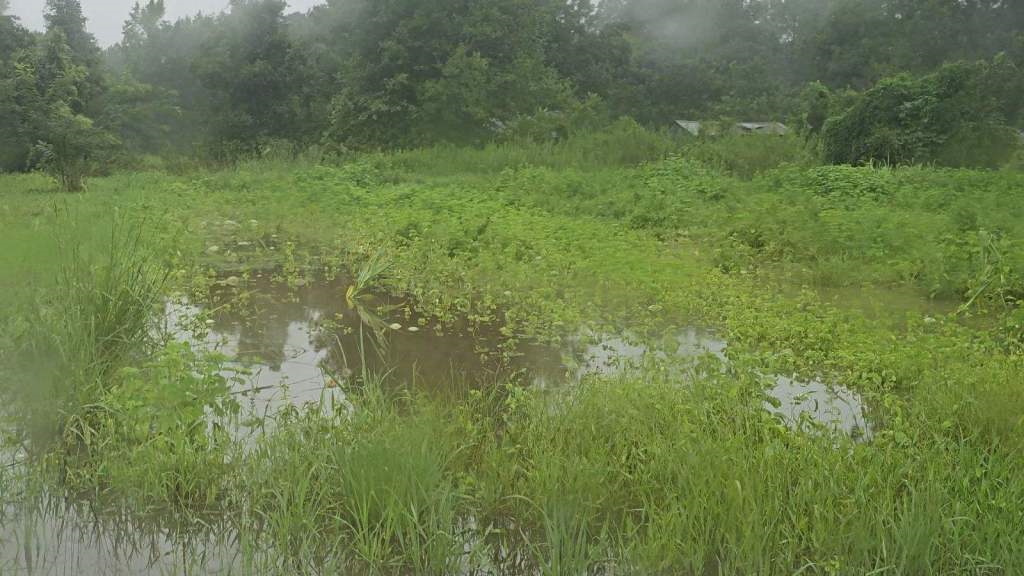
What can gardeners do to prepare their gardens for heavy rains?
In the future, the frequency of heavy rains is expected to increase in the United States as well as other parts of the world because of more water vapor in the atmosphere as the planet warms. What can gardeners do to make sure their gardens can withstand heavy rain events? The first thing to do is to understand what type of soil you have and how much water it can absorb. If you have sandy soil, heavy rain will have less of an effect than clay soil but it might mean you have to water a lot more often. In Debby, some areas that received 12 inches of rainfall needed irrigation less than a week after the storm moved through because the sandy soil of the coastal plain just does not hold much water. The next thing you should consider is the local topography of your garden. Are there areas that are natural channels for water? Make sure those areas are lined with material and plants that can withstand water and reduce erosion. If you have low-lying areas, use those to plant rain gardens with plants that are more adapted to wet conditions.
Rain is a necessary part of gardening unless you live in a desert and provide your own water to your gardens, but it can cause a lot of damage if the water is not managed carefully. Take the time to study your garden and understand where the water will flow and your garden will be much more likely to take a 12-inch rainfall in stride with minimal damage. It might even thrive!


